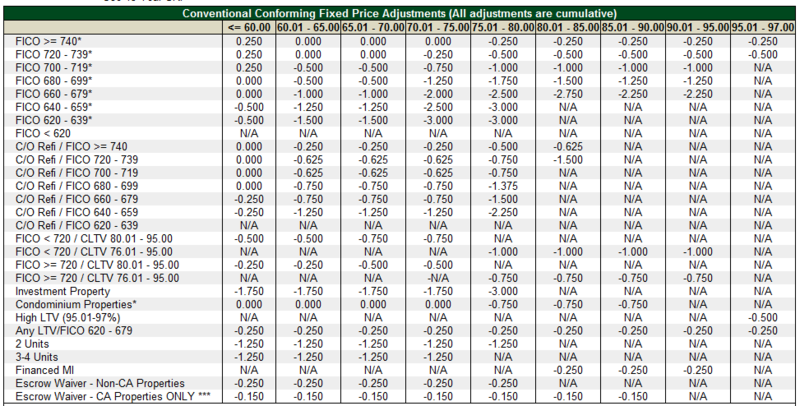 As an established Mortgage Originator in the greater Seattle area, I’m often asked “what are the current rates” and that’s often answered with “that depends”.
As an established Mortgage Originator in the greater Seattle area, I’m often asked “what are the current rates” and that’s often answered with “that depends”.
Mortgage rates have layers of risk factored into them. Fannie Mae refers to them as LLPAs (Loan Level Price Adjustments).













Recent Comments